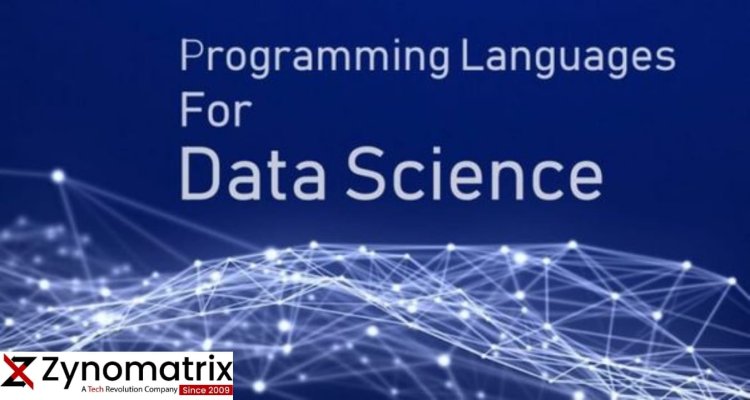Choosing the Right Programming Language for Big Data.
This blog post titled "Choosing the Right Programming Language for Big Data: A Comprehensive Guide" aims to provide readers with valuable insights into the various programming languages commonly used in big data projects. The blog will explore the strengths and weaknesses of each language and shed light on their applications in the context of big data processing, analysis, and storage.The introduction will set the stage for the discussion, emphasizing the importance of selecting the appropriate programming language for big data projects and its impact on project outcomes.

Introduction:
In the realm of big data, choosing the right programming language is crucial for successful data processing, analysis, and storage. Each language has its strengths and weaknesses, and understanding their nuances can significantly impact the efficiency and effectiveness of your big data projects. In this blog post, we'll explore the most popular programming languages used in big data and examine their key features, use cases, and performance considerations.
Python for Big Data: Python has become one of the leading programming languages in the big data world due to its simplicity, versatility, and extensive libraries such as Pandas and NumPy. We'll discuss how Python is used in big data processing, data wrangling, and analytics, and highlight its integration with popular big data frameworks like Apache Spark and Hadoop.
Java and Scala in Big Data:Java and Scala have long been the stalwarts of big data processing, particularly in the context of Apache Hadoop and Spark. We'll delve into the reasons why these languages are preferred for distributed computing and explore how they handle large-scale data processing tasks.
R for Data Analysis in Big Data: R is widely regarded as one of the best languages for statistical analysis and data visualization. In this section, we'll explore R's role in big data analytics, its integration with big data tools, and how data scientists leverage its capabilities for exploratory data analysis and predictive modeling.
Go (Golang) for High-Performance Data Processing: Go, known for its performance and concurrency features, is gaining traction in big data applications where speed and efficiency are paramount. We'll examine how Go fits into the big data landscape and how it compares to other languages in terms of performance and ease of use.
Spark SQL and Hive Query Language: While not traditional programming languages, Spark SQL and Hive Query Language (HiveQL) are vital components in big data ecosystems. We'll explain the role of these query languages in data manipulation, transformation, and data querying within Apache Spark and Hadoop environments.
Integrating SQL in Big Data Solutions: SQL is a ubiquitous language for database querying, and it has found its way into big data systems. We'll discuss the use of SQL in big data analytics and how technologies like Presto and Impala enable interactive querying of massive datasets.
Performance Comparison: Benchmarks and Best Practices: To aid in decision-making, we'll conduct a performance comparison of the discussed programming languages and query languages. We'll also outline best practices and tips to optimize code for big data scenarios.
What's Your Reaction?





















